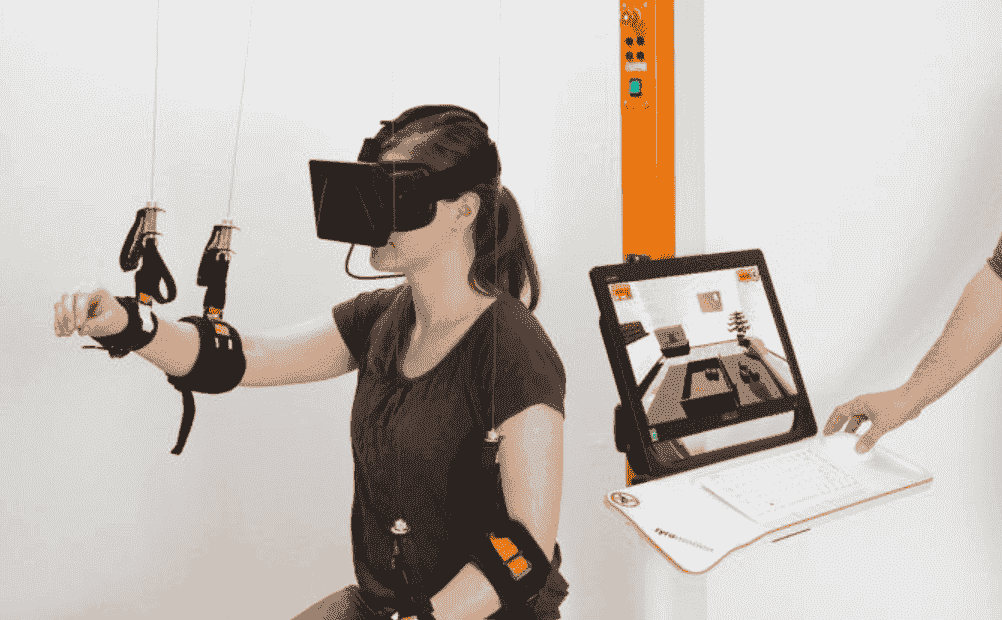
Cogitat, a neurotechnology company, is developing a device that can convert human brain activity into activities without the need for physical movement, which can help stroke patients in the future.
When wearing a prototype headset, simple virtual reality tasks can be performed simply by thinking about them.
Device For Stroke Patients To Remotely Control Phones, PCs
In a game where a Virtual jet ski is controlled by handles, for instance, you move by thinking about it instead of squeezing your hands. Elon Musk’s company, Neuralink, is working on a similar concept known as the brain-computer interface, and various neurotech businesses are researching it.
One goal is to someday enable those with a stroke or other forms of brain damage to remotely control phones or computers. Neuralink’s technology necessitates the implantation of a microchip within the brain.
The company has been criticized for its treatment of animals, with whom it has thus far only dealt. It claims to have produced recordings demonstrating a monkey playing the computer game Pong with its mind and the brain activity of a pig with a chip inserted in its brain.
Cogitat is one of the companies developing a system that operates above the head as opposed to within it. Eventually, it could take the form of a headband used with a VR headset.
As a university spin-off, Cogitat focuses solely on the underlying technology, whereas other companies already manufacture their own hardware. It is led by Allan Ponniah, an NHS consultant, and Dimitrios Adamos, an Imperial College London computer scientist.
The technology is still in its developmental stages, but stroke patients have already been successfully treated with it. The purpose is to encourage them to continue rehabilitation exercises by making them more interesting.
When a person has suffered a stroke and is unable to move their arm, they are very disinclined to participate in rehabilitation. Nevertheless, our technology will allow patients to imagine moving their hands while watching a hand move on the screen, which we feel will encourage them to begin physiotherapy.
Read more: Pixel 7’s Magic Eraser is now available on iPhone for those who subscribe to Google One
How Can Cogitat Help Patients?

First of all, imagining movement without actually performing it is harder than it sounds. You must also avoid thinking about anything else because doing so stimulates your brain and adds to the background noise that the technology must decipher in order to find the motor signal.
Seeing the substance of my thoughts on a graph was a peculiar experience in itself. Yet when you hear the jet ski engine roar in virtual reality simply because you have considered doing it, it is an awesome sensation.
Obviously, the prototype equipment was not completely able to read my mind. It was neither a translation of my thoughts nor a soul-searching endeavor. It focused solely on motor skill signals.
Adamos states that if you do not interact with the system, nothing occurs. Nothing is collected from you if you stop using it.
Some companies focus on alternative forms of brain activity, such as visual signals, such that you can concentrate on a number and click buttons on an electronic display. It is also conceivable, albeit contentious, to focus on subjective responses such as likes and dislikes.
Cogitat claims it will have a functional version of its technology within the next 12 months, although neurotechnology still faces numerous obstacles.
Scientists continue to study brain function. It is unique to each of us, and it fluctuates. It fluctuates during the day and may be altered by factors such as fatigue, dehydration, and aging.
This necessitates a constant recalibration of all brain activity monitoring equipment.
Cogitat is training its technology on a database of hundreds of test subjects, which accelerates the calibration procedure.
Read more: SNAP benefits to end in March; Here are 5 ways to protect your finances!

